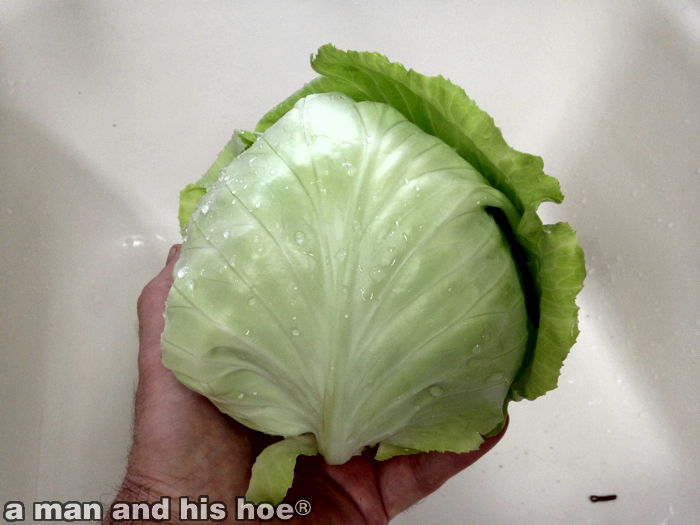Your cart is currently empty!
Month: October 2015
-
Trees on Fire
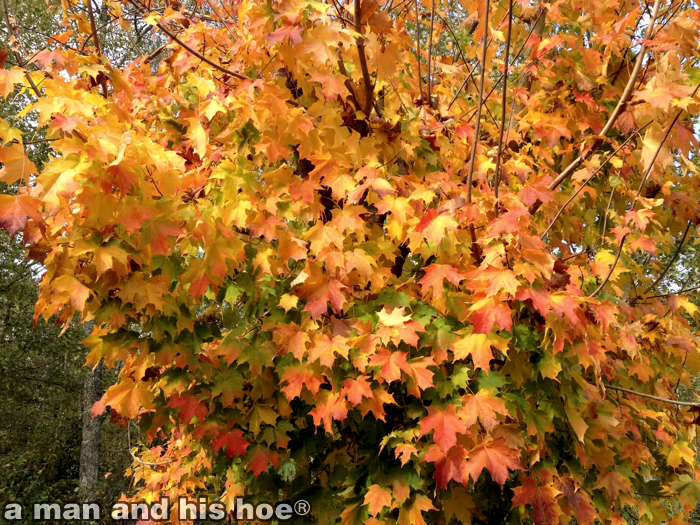
The trees are on fire. When the sun is out, where is the heat coming from? The sun? Or the trees and their burning leaves?
Every day there are more white flower beans to pick. I never tire of popping open the bean pods and seeing the large white beans.
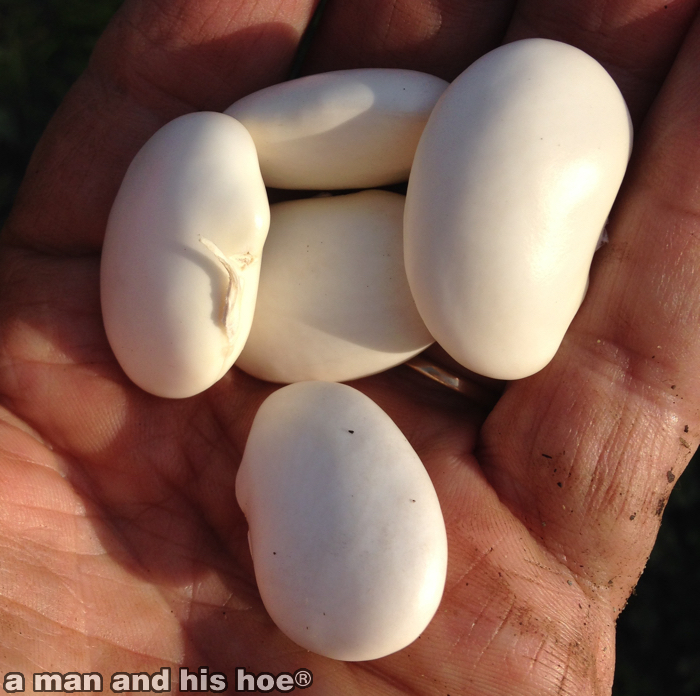
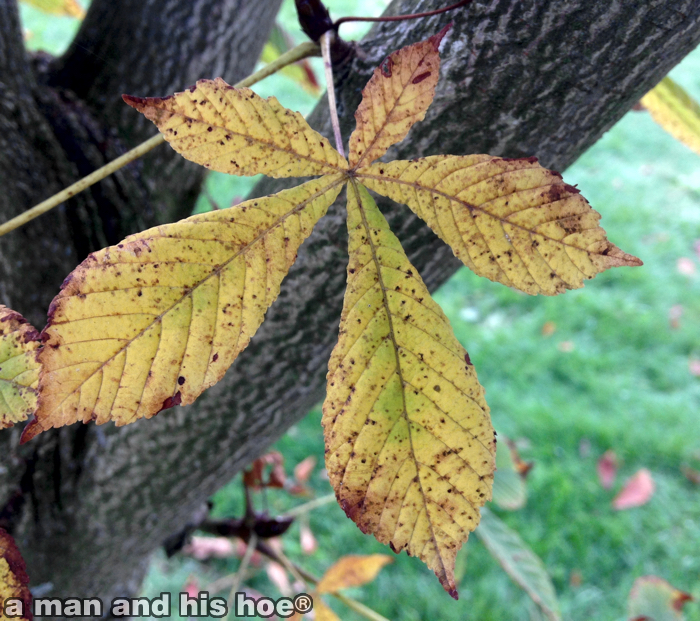
The horse chestnut leaves are yellowing. They look like dancers in the gentle breeze.
It’s a morning for olive-green-pink eggs and ham. Why settle for white eggs when eggs come in so many colors?
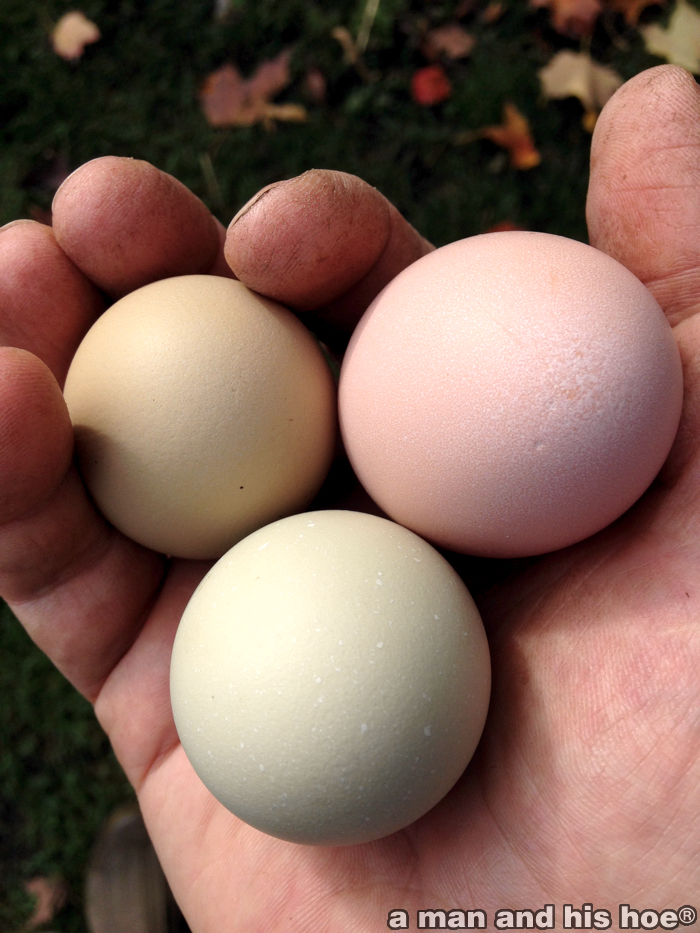
-
Is It Fall? Is It Spring?

The budding artichokes and morning sun make it look like spring. Artichokes are monumental plants. If you want your garden to make a bold statement, plant artichokes. How does something so magnificent sprout from such tiny seeds?
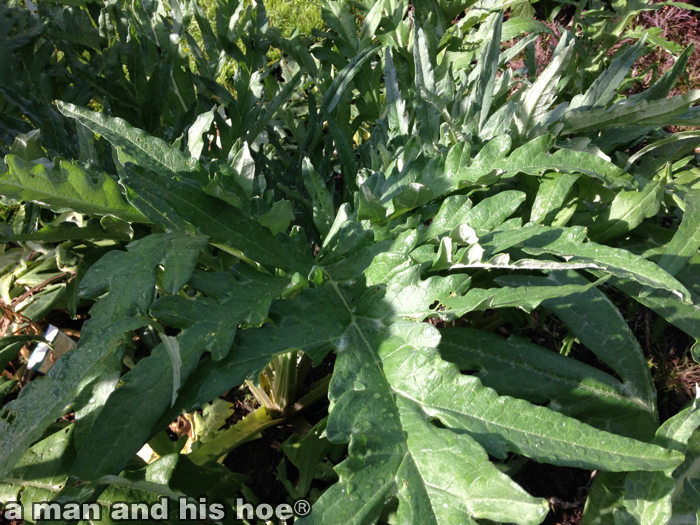

The wheelbarrows of leaves I’m gathering say it is fall. Tangerine and her chicks come out to investigate what I’m doing. We weren’t so sure she was going to make it as a mother. She was not one to stay home and bake cookies for her babies. If something caught her eye, she’d go after it, and not worry if her baby chicks could follow her or not. It was up to the chicks to find her if they wanted a mother. There were numerous times when we helped the peeping chicks find their mother. A peeping chick in search of it’s mother can peep so loud, its cry pops your eardrums. In the end, the chicks learned to cope with their eccentric mother. She shows them off with pride now. “See, tough love works,” she seems to crow. When the chicks are older and sharing their life stories with Hazel’s chicks, I can hear Hazel’s aghast chicks say, “Your mother did what!”
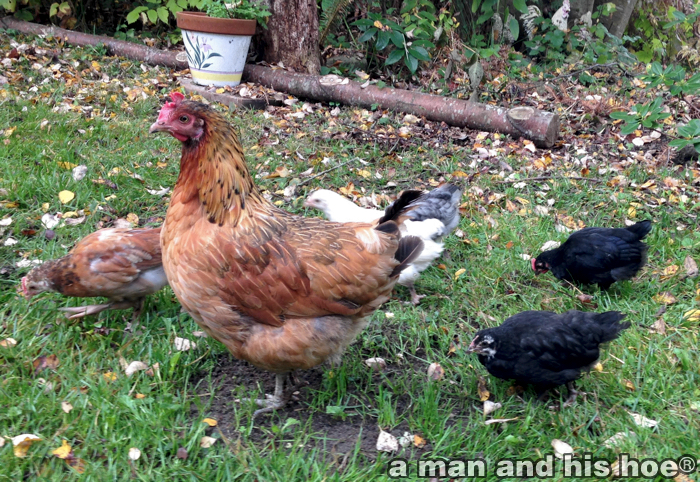
-
Egg of Forest
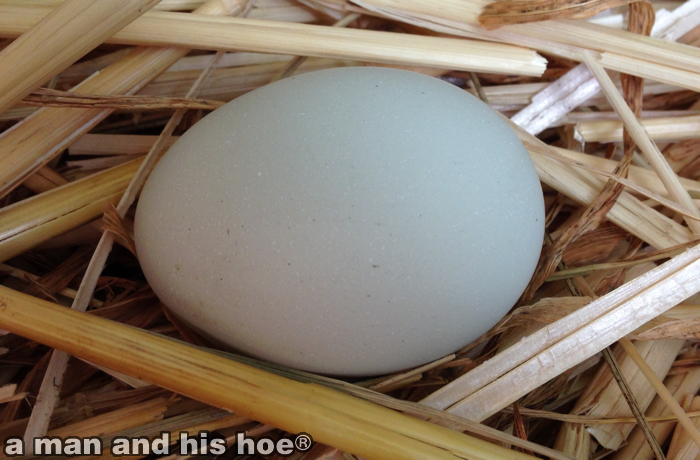
Which new hen is laying this pale blue egg? I’d been wondering about it for a while. Now I know. It is shy, elegant Forest. She looks like a hen who would lay a blue eggs.
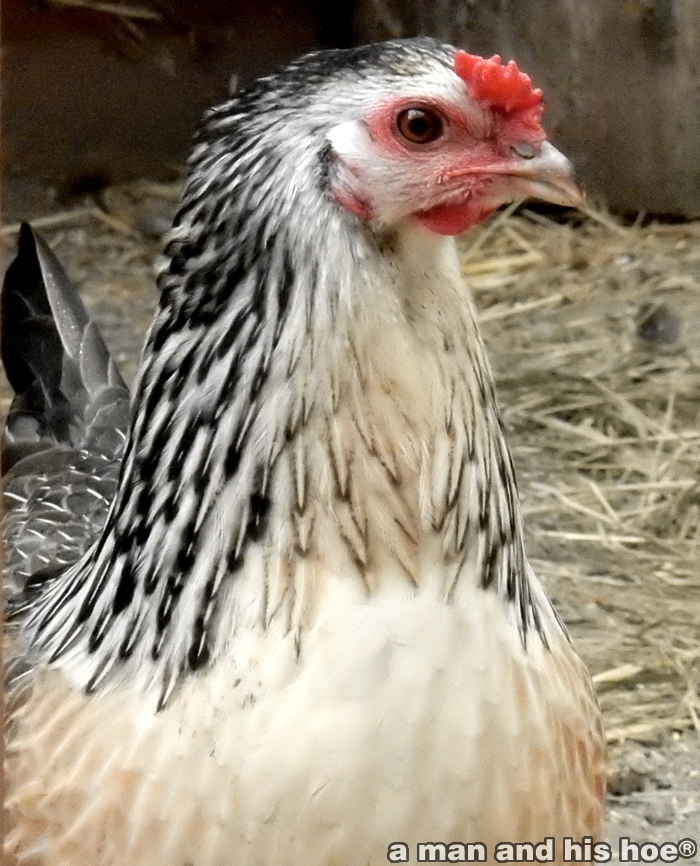

-
Drama by the Road
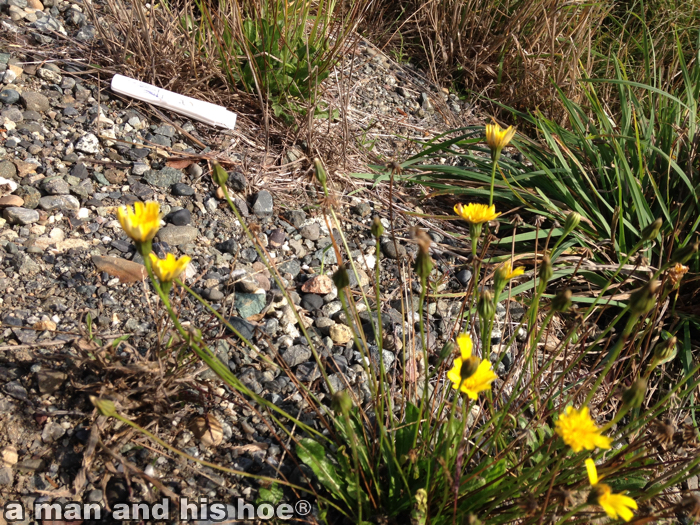
Why do you ride a bicycle? I get that question a lot. There are the obvious reasons like exercise and environment. I bicycle for those and other reasons, like being able to stop on a dime when I see something interesting. I also get to help people. They often stop and ask for directions. It’s tempting to direct them to places where they aren’t planning on going. I don’t, but it’s tempting. It wouldn’t be cruel. Life is more exciting when you’re lost and have no idea where you are, and you’re wondering why that old man on that bicycle sent you this way. Maybe he was a sign.
But I also bicycle for the drama. A few days ago I came across a handful of pregnancy tests tossed on the side of the road. Who does that? Why would anyone toss used pregnancy tests out the window of a car?

Looking down at those pregnancy tests was like staring into a play by Shakespeare. I could see it, a frantic woman, distraught by the results of the test, flees her house, her husband in hot pursuit. Flying over the country road, she throws the pregnancy tests out the window when she sees her lover’s name pop up on her cell phone. Or a high school girl, needing to hide the results of the test, tosses them from the school bus on the way home. The possibilities are endless.
Pedal your way along country roads and you see the fragments people discard of their lives as they drive on by. It’s like coming across snippets of Shakespeare lying on the grass.

There’s drama in a compost pile too. It had cooled down, and before I carried it off to the garden, I checked it under the microscope. I found billions of bacteria, protozoa, amoebae, hyphal fungi, and nematodes. Lots of nematodes. Watching nematodes is high drama. They slither through the bacteria and fungi, looking for food while being hunted by large, carnivorous nematodes. Nematodes are so numerous, it is estimated that by number, they represent 80% of all animals on the earth. That’s dramatic. This is good, vibrant compost, full of living organisms which plants need to grow.
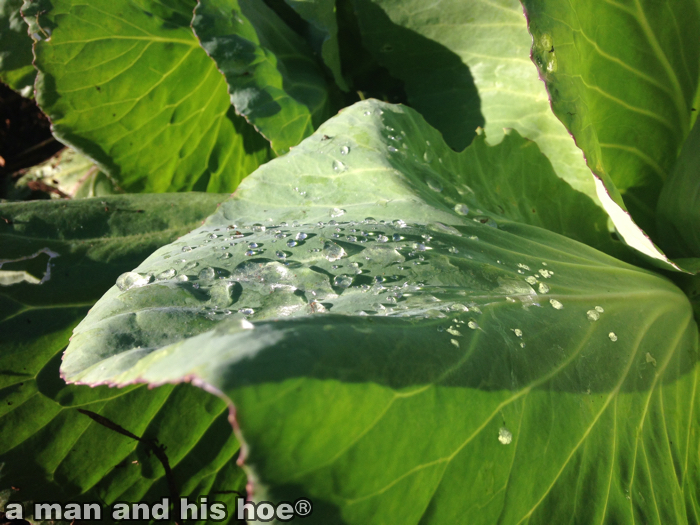
Few vegetables are as dramatic as cabbage. They are the drama queens of the garden with bold, green, sweeping leaves. If you want dramatic plants that make a statement, grow cabbage.

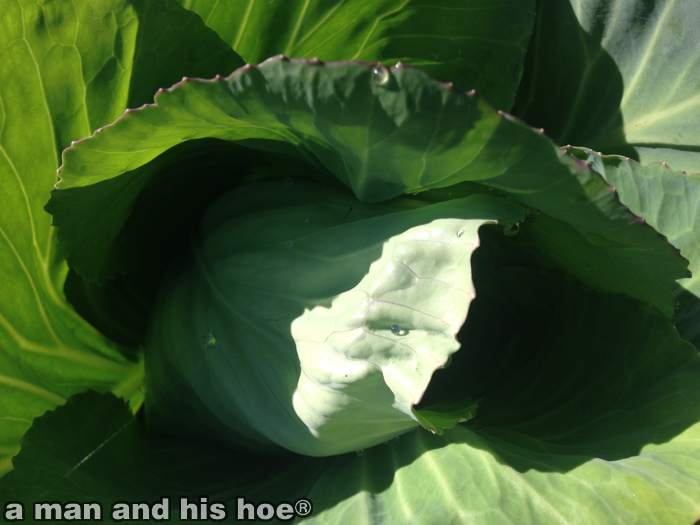
-
Bamboo Harvest
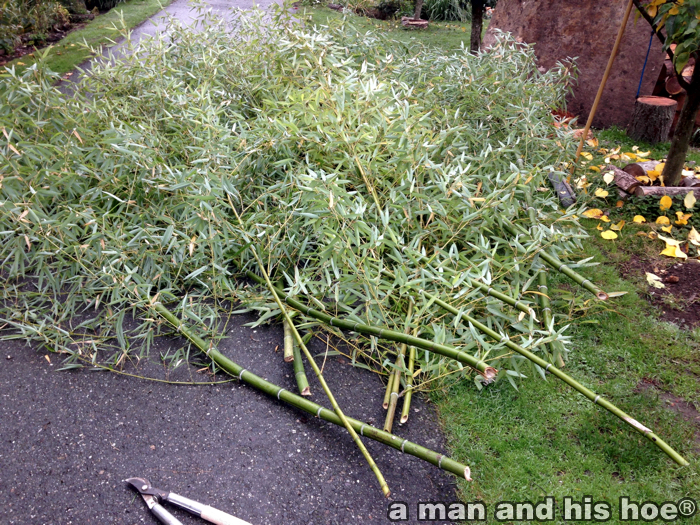
It’s the great bamboo harvest of 2015. A massive pile of bamboo. If it weren’t for bamboo, civilization may never have started. Such a versatile plant. It doesn’t take a lot of bamboo to make a cozy, dry house. You can make bridges out of it, fishing poles, water pipes, spears, clothes, bowls, cups, baskets, all the things you need to be civilized.
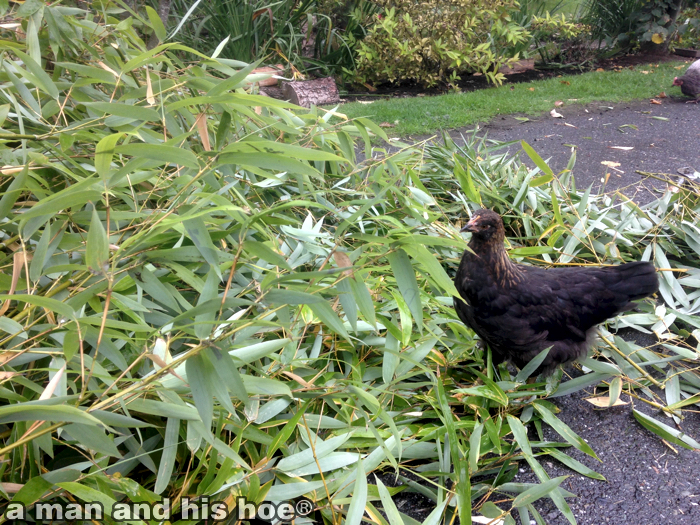
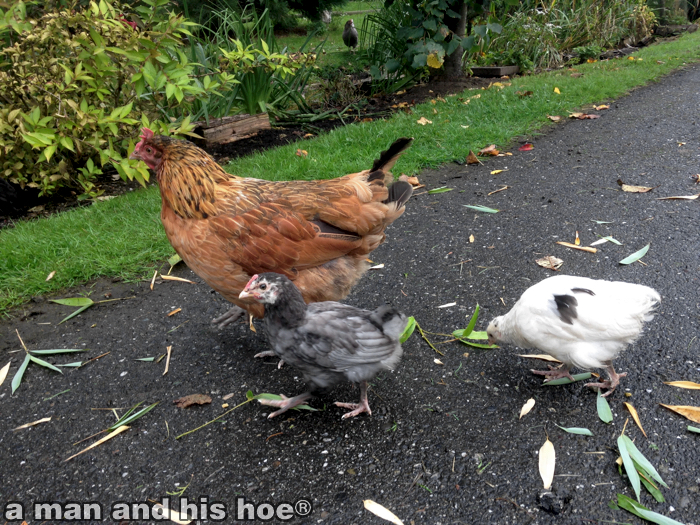
The chickens come to investigate what I am doing with all this bamboo. Tangerine brings her chicks to show them how civilization started. You never know. Ingrained in DNA, passed down through the eons, may be terrifying memories of those first chicken cages made from bamboo. Chicken learning may be a matter of firing memories stored in DNA. One walk past a human taking apart bamboo, and the terrifying memories of being trapped inside bamboo cages come alive and the chickens walk a little bit faster. Don’t get too close to a human with bamboo their DNA tells them. Never fear, little ones. You live in the land of chicken freedom. There’ll be no bamboo cages for you today.
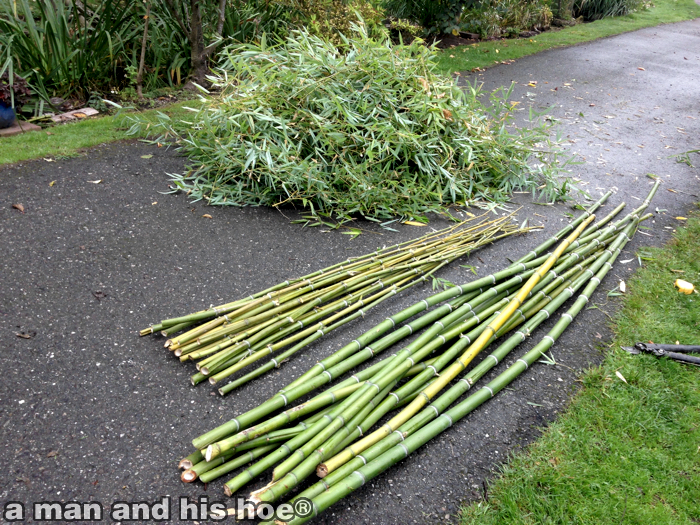
The bamboo harvest over, it’s on to the smallest cabbage harvest in the world, plucking one cabbage for lunch and a few meals. In cool weather, cabbage is one of those fantastic plants that stays fresh as long as you leave it growing. It would be stupid to harvest all the cabbages at once. They’d never keep. I’d have to turn them into sauerkraut, can them, pickle them, etc, or see them turn into compost. Leave them out in the garden, and I can have fresh cabbage next week, the week after, the week after that, and on and on. It’s cool when the soil does a better job keeping produce fresh than a refrigerator. Try keeping a head of cabbage fresh for four weeks in your fridge. It’s not going to happen. Leave it growing in the ground, and it’s a piece of cake.
